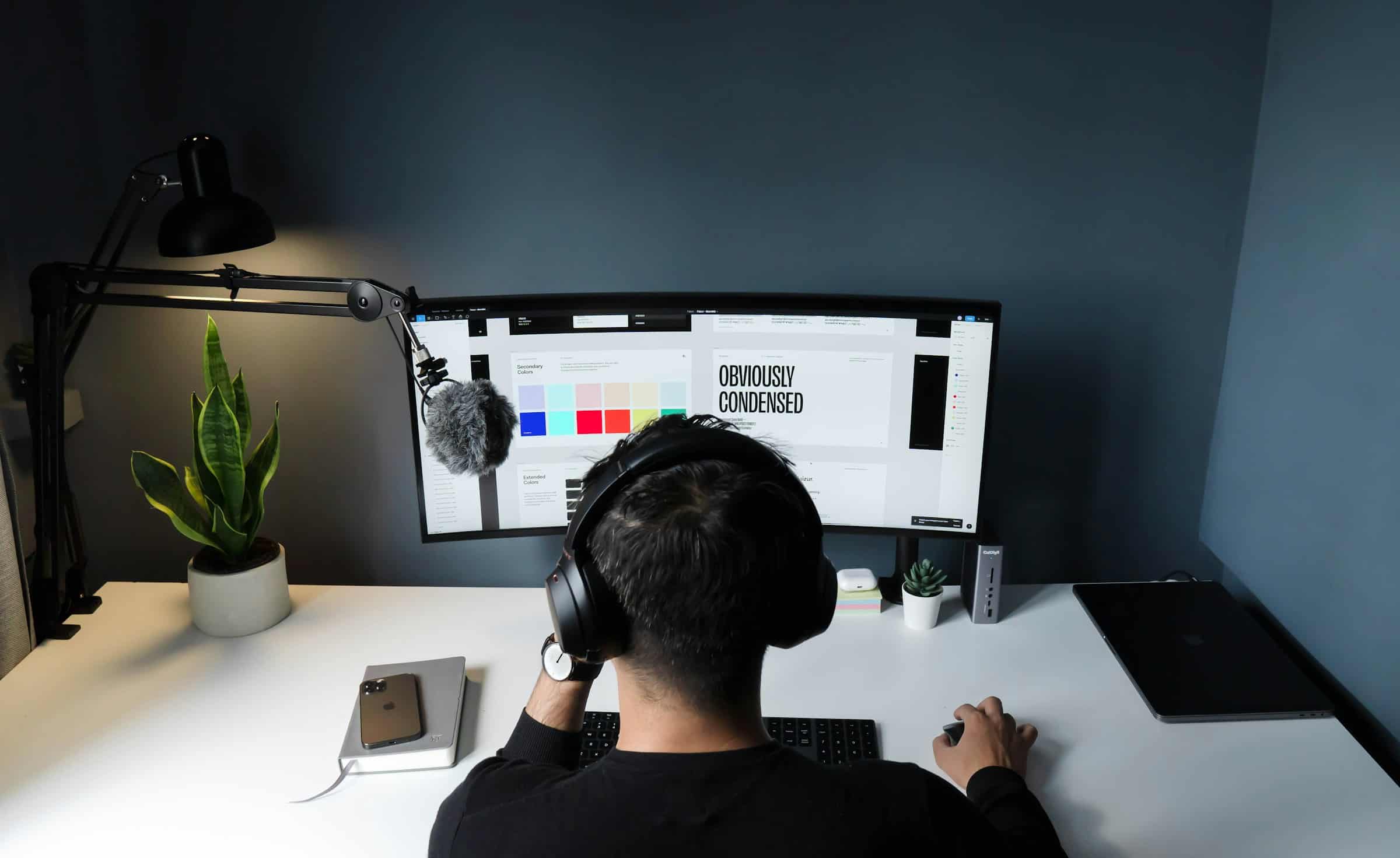In the realm of digital design, the concept of creating mockups online has become a cornerstone practice, revolutionizing how designers and businesses visualize and present their ideas. Online mockup creation refers to the process of using web-based tools and applications to generate realistic representations of products, branding materials, or graphic designs in a virtual environment. This approach allows for the seamless integration of design elements into lifelike scenarios, providing a glimpse of how the final product will appear in real-world contexts.
The relevance of online mockup creation in today’s design landscape is significant. In an era where visual content is king, the ability to quickly and efficiently produce high-quality, realistic mockups is invaluable. It empowers designers to convey their concepts more vividly, enhances client presentations, and aids in the decision-making process. For businesses, these mockups are instrumental in evaluating design choices, refining marketing strategies, and establishing a strong brand identity. The benefits extend beyond mere aesthetics; online mockups are a cost-effective solution, reducing the need for physical prototypes and elaborate photoshoots, thereby saving time and resources while still achieving professional-grade results.
Creating mockups online is a quick and efficient way to visualize your ideas before launch, especially if you’re running a website design startup. With tools like Figma or Canva, you can easily design professional mockups without any advanced technical skills.
The Essentials of Design Prototyping Online

Effective online mockup creation hinges on several key components, each playing a vital role in the prototyping process. At the forefront is the utilization of a reliable and versatile free mockup generator. Such a tool provides a foundational platform where designers can bring their visions to life. These generators typically offer a range of templates and scenes, enabling designers to select contexts that best suit their project needs. The ability to access these resources without cost is particularly beneficial for freelancers and small businesses operating on tight budgets.
Another essential component is the quality of the visual assets used in the mockups. High-resolution images and graphics are crucial for creating realistic and impactful visuals. This quality ensures that the final mockup accurately represents the product and conveys the intended message or design concept.
Creating mockups online can be efficiently done using various design tools that offer intuitive drag-and-drop interfaces and extensive template libraries. These tools allow you to visualize your design concepts and gather feedback before final implementation, significantly enhancing the user experience prototyping process.
The role of mockups in the design and prototyping process is multifaceted. They serve as a bridge between initial concepts and final products, allowing designers and stakeholders to preview and evaluate the design in a simulated real-world environment. This preview is invaluable for identifying potential issues and making iterative improvements. Mockups also facilitate effective communication among team members and clients, providing a clear and tangible representation of ideas that might otherwise be difficult to convey. By incorporating these key components, online mockup creation becomes a powerful tool in the arsenal of modern design and prototyping.
Step-by-Step Guide to Creating Mockups Online

Creating mockups online can be a streamlined process with the right approach. Here’s a detailed guide:
- Select the Right Template: Begin by choosing a template that aligns with your project. Consider the context in which your design will be used and select accordingly.
- Upload Your Design: Most online tools allow you to upload images or designs directly onto the mockup template. Ensure your design is in a high-resolution format for the best outcome.
- Customize the Mockup: Utilize the tool’s customization features to adjust elements like colors, shadows, and backgrounds. This step is crucial for making your mockup look as realistic as possible.
- Incorporate Additional Elements: If needed, add extra graphics or text to your mockup. This could include brand logos, taglines, or other design elements.
- Review and Adjust: Examine your mockup critically. Look for any misalignments or inconsistencies and adjust as necessary.
- Export the Final Design: Once satisfied, export your mockup in the required format. High-quality exports are essential for professional presentations or marketing materials.
Tips for High-Quality Mockups:
- Pay attention to lighting and shadows for realism.
- Ensure your design’s scale and perspective match the mockup.
- Use high-resolution images to avoid pixelation.
Incorporating Brand Elements in Online Mockups

Effectively integrating brand identity into online mockups is crucial for maintaining consistency and reinforcing brand recognition. Start by ensuring that your brand’s color palette is accurately represented in the mockup. Use the exact hex codes or color values to match your brand’s style guide.
Incorporate your logo strategically. Place it in positions that are naturally eye-catching but don’t overpower the overall design. If your brand uses specific fonts, apply these to any text included in the mockup. Consistency in typography is key to cohesive branding.
Another strategy is to include brand motifs or elements that are unique to your brand’s visual language. This could be a specific shape, pattern, or graphic that is associated with your brand. Consistently using these elements across different mockups such as branding newspaper mockup strengthens brand identity and creates a sense of familiarity for the audience.
Remember, every element in your mockup should align with your brand’s overall messaging and values. Consistency across various mockups not only enhances brand recognition but also builds trust and reliability in the eyes of your audience.
Optimizing the Impact of Your Mockups
To enhance the visual appeal and effectiveness of online mockups, several techniques can be employed. Firstly, focus on the context of the mockup. Choose backgrounds and settings that complement the product and resonate with the target audience. This relevance can significantly boost the mockup’s impact. Secondly, balance realism with creativity. While it’s important for the mockup to look realistic, adding creative elements can make it stand out. Experiment with different angles, lighting, and compositions to create a visually engaging mockup.
For presentations and marketing materials, clarity is key. Ensure that the mockup communicates the intended message without clutter or confusion. Use mockups to highlight the product’s features and benefits. In marketing materials, integrate mockups with compelling copy and call-to-actions to create a cohesive and persuasive narrative. Remember, a well-executed mockup can be a powerful tool in storytelling, capable of capturing attention and conveying brand values effectively.
Conclusion
The future of mockup creation in design is poised for exciting advancements. As technology evolves, we can expect online mockup tools to become more sophisticated, offering greater realism, interactivity, and customization options. The role of mockups in design is set to expand, becoming integral not just in visualization but in immersive customer experiences. These advancements will continue to empower designers, enabling them to bring their visions to life with greater ease and creativity.